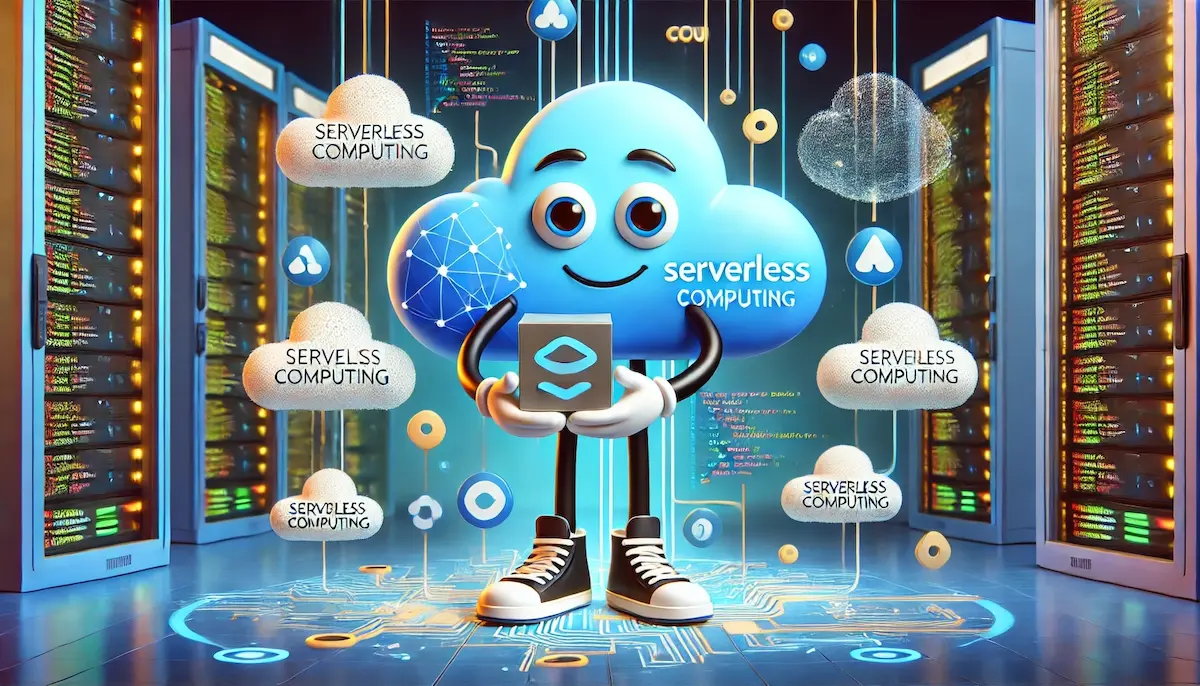Serverless computing is a cloud computing execution model where the cloud provider dynamically manages the infrastructure, allowing developers to focus solely on writing code. In this model, the allocation of machine resources is handled by the provider, and billing is based on the actual amount of resources consumed by the application rather than pre-purchased units of capacity.
What Is Serverless Computing?
Serverless computing, also known as Function-as-a-Service (FaaS), abstracts the underlying infrastructure, allowing developers to deploy functions or small units of code that execute in response to events. This model eliminates the need for provisioning, scaling, and managing servers, thereby reducing operational complexities and costs.
Key Components
Functions
Functions are the core building blocks in serverless computing. They are stateless, single-purpose pieces of code that execute in response to specific events such as HTTP requests, database changes, or message queue inputs. Each function runs in isolation and can scale independently.
Event Sources
Event sources are triggers that invoke serverless functions. These can include various cloud services such as HTTP endpoints, cloud storage events, database updates, or custom events generated by applications.
Execution Environment
The execution environment is provided by the cloud provider and includes everything needed to run the function, such as runtime, memory, and execution context. The environment is ephemeral, meaning it exists only for the duration of the function execution.
Key Providers
AWS Lambda
Amazon Web Services (AWS) Lambda is one of the most popular serverless computing services. It supports multiple programming languages and integrates with various AWS services such as S3, DynamoDB, and API Gateway.
Google Cloud Functions
Google Cloud Functions is Google’s serverless offering, which allows developers to write functions in JavaScript, Python, and Go. It integrates seamlessly with Google Cloud services like Pub/Sub, Firestore, and Cloud Storage.
Azure Functions
Microsoft Azure Functions supports a wide range of programming languages, including C#, JavaScript, Python, and Java. It integrates with Azure services like Cosmos DB, Event Grid, and Service Bus.
Benefits of Serverless Computing
Cost Efficiency
Serverless computing follows a pay-as-you-go model, where users are billed only for the actual execution time of their functions. This eliminates the cost of idle server time and reduces overall infrastructure expenses.
Scalability
Serverless functions automatically scale in response to the number of incoming requests. This ensures that applications can handle varying loads without manual intervention, providing a seamless user experience during traffic spikes.
Reduced Operational Overhead
By abstracting the infrastructure management, serverless computing allows developers to focus on writing code and building features. This reduces the need for operations teams to manage and maintain servers, simplifying deployment and maintenance processes.
Faster Time-to-Market
Serverless architectures enable rapid development and deployment cycles. Developers can deploy individual functions quickly, allowing for faster iteration and continuous delivery of new features.
Applications of Serverless Computing
Web and Mobile Backends
Serverless computing is ideal for building scalable and cost-effective web and mobile backends. Functions can handle HTTP requests, authenticate users, and process data without the need for managing servers.
Real-Time Data Processing
Serverless architectures are well-suited for real-time data processing tasks such as log analysis, stream processing, and IoT data aggregation. Functions can be triggered by data events and process information in real-time.
APIs and Microservices
Serverless computing supports the development of APIs and microservices, allowing developers to build modular and independent services that can be deployed and scaled independently. This aligns well with modern application architectures that emphasize decoupling and flexibility.
Automated Tasks
Serverless functions can automate routine tasks such as scheduled database backups, file processing, and system monitoring. These tasks can be triggered by timers or specific events, reducing manual intervention and improving efficiency.
Challenges and Considerations
Cold Start Latency
Serverless functions can experience latency during cold starts, which occurs when the function is invoked after a period of inactivity. The time taken to initialize the execution environment can impact performance, especially for latency-sensitive applications.
Debugging and Monitoring
Debugging serverless applications can be challenging due to the distributed and stateless nature of functions. Traditional debugging tools may not be effective, and developers need to rely on cloud provider tools and logging services to monitor and troubleshoot issues.
Vendor Lock-In
Using serverless services from a specific cloud provider can lead to vendor lock-in, making it difficult to migrate applications to other providers. Developers should consider using abstraction layers and multi-cloud strategies to mitigate this risk.
Security
While serverless computing abstracts infrastructure management, security remains a shared responsibility. Developers must implement proper authentication, authorization, and data encryption measures to protect their applications and data.
Conclusion
Serverless computing offers a powerful and flexible approach to building and deploying applications. By abstracting infrastructure management, it allows developers to focus on writing code, reducing operational overhead and costs. While there are challenges to consider, the benefits of scalability, cost efficiency, and faster time-to-market make serverless computing an attractive choice for modern application development. As the technology continues to evolve, serverless computing is likely to play an increasingly important role in the software development landscape.
Blockfine thanks you for reading and hopes you found this article helpful.
